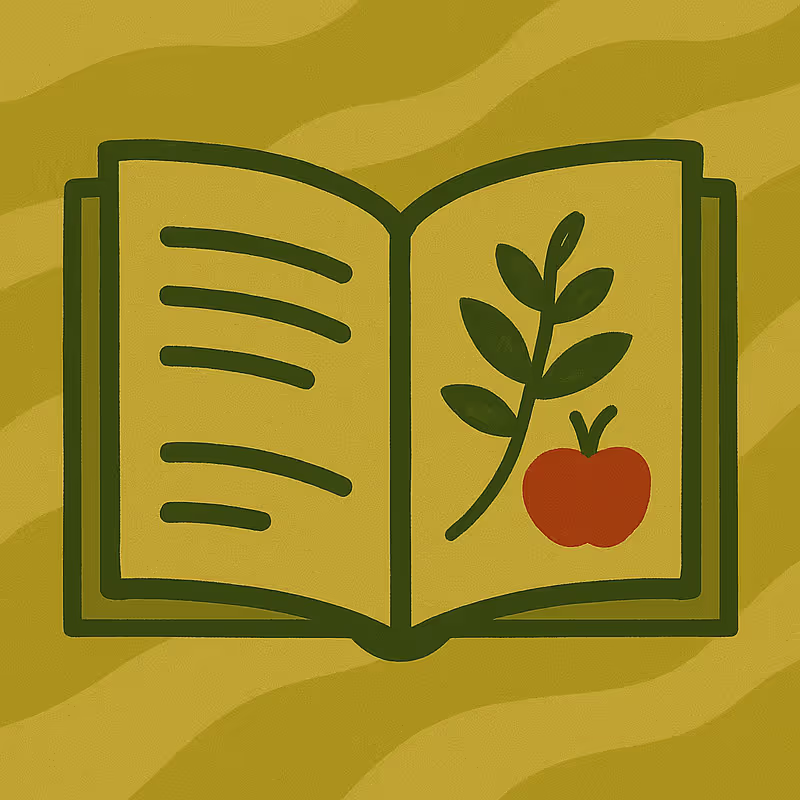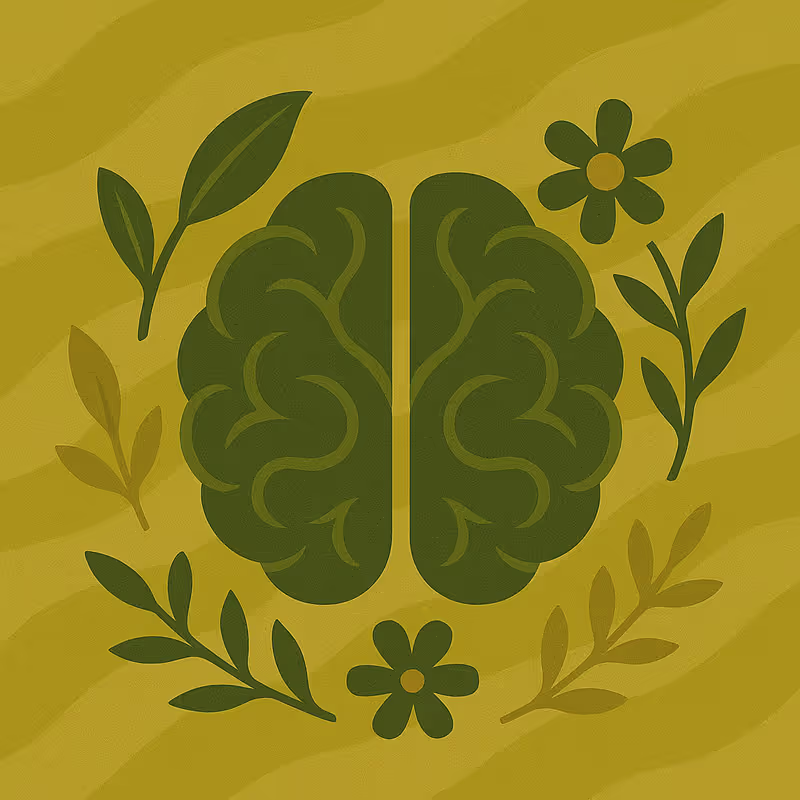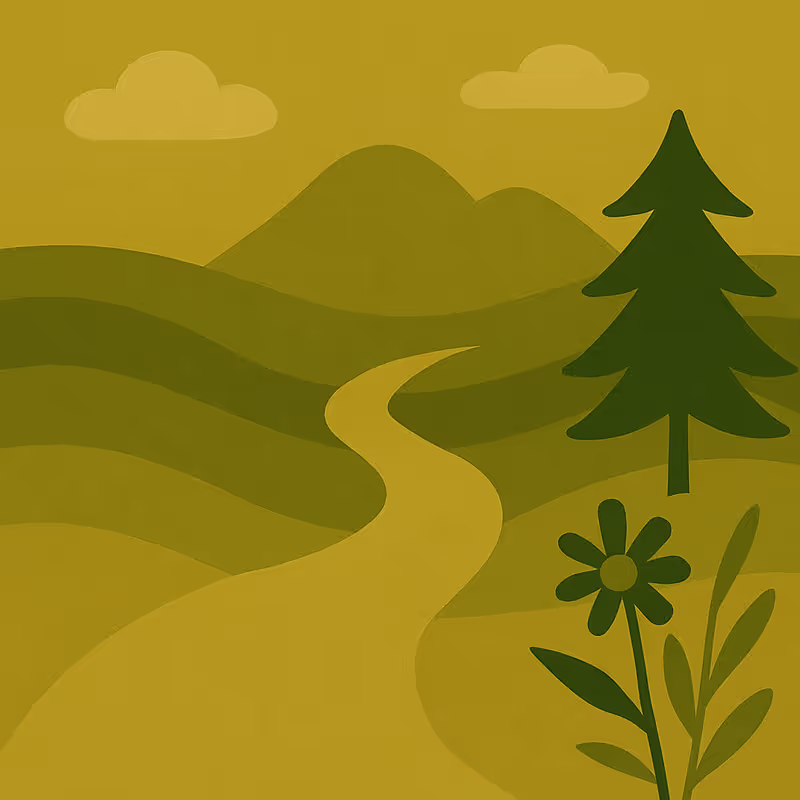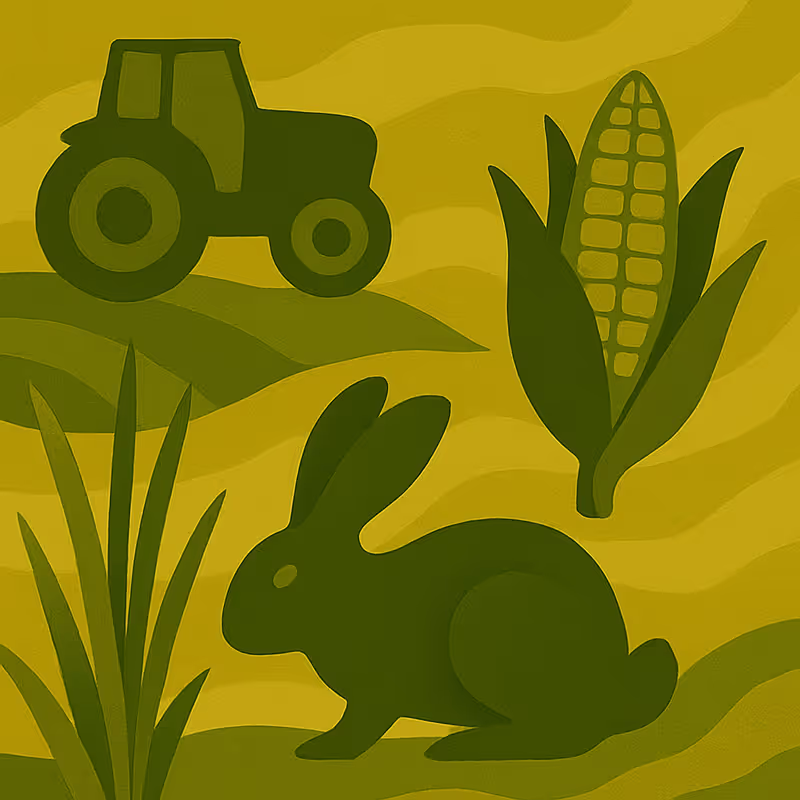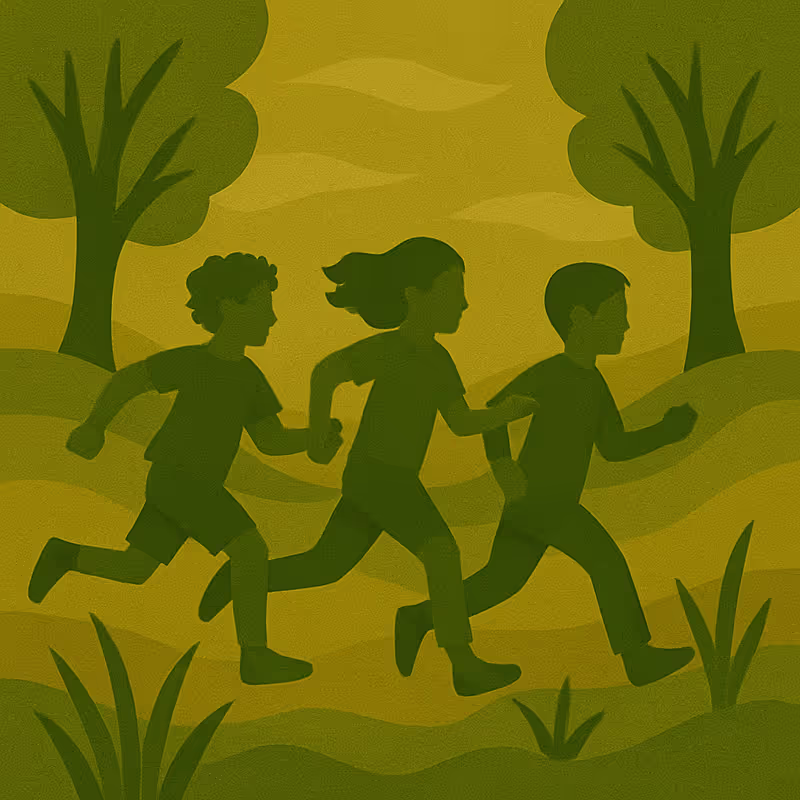Learning objectives:
- Explain how agricultural land use, water use, and greenhouse gas emissions impact biodiversity
- Analyse the role of meat production and feed crops (e.g. soy) in ecosystem degradation and global deforestation
- Reflect critically on land use in current food systems (plant vs. livestock yields)
How the food system drives biodiversity destruction
On a global scale, agricultural production significantly contributes to the trespassing of several planetary boundaries: biosphere integrity, biogeochemical flows, land-system change, freshwater use and climate change (Campbell, et al., 2017). In other words, the impacts that the intensive and industrial agricultural practices have on biodiversity and natural processes are greater than the speed at which they are able to adapt or repair themselves.
In fact, the industrial food system is the main global driver of biodiversity destruction (Benton, et al., 2021). The two main drivers of biodiversity destruction are:
- direct impacts through habitat damage and loss, and
- indirect impacts through its contributions to climate change, which in turn leads to biodiversity destruction.
The largest single global impact on biodiversity is habitat loss due to habitat clearance for agricultural land (Benton, et al., 2021). This land includes spaces for crops as well as pastures for livestock.
Agriculture occupies almost half of the planet’s habitable land (Ritchie & Roser, 2024). Food production also accounts for 70% of water withdrawal from freshwater bodies (Fujs & Kashiwase, 2023).
Figure 1 below shows how much forest area globally has been cleared for cattle. The total forest area cleared between 2001 and 2015 amounts to over 45 million hectares (Goldman & Weisse, 2024). That is an area around the same size as Sweden. The map also shows us the disproportionately large areas of rainforest cleared globally, most notably in central America, the Amazon, central Africa, and southeast Asia.
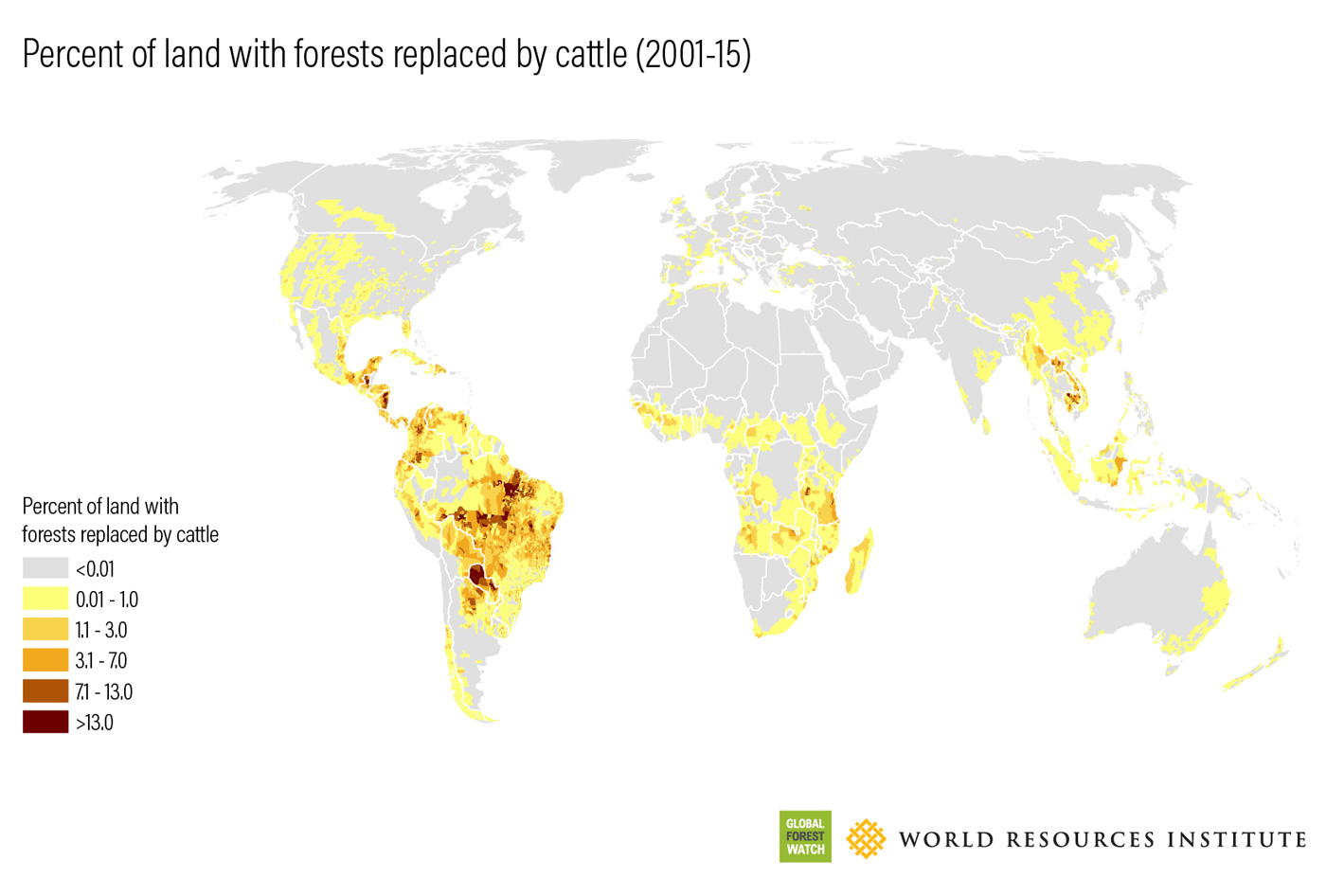
The impact of meat production: the Cerrado biome
Let’s take a closer look at beef production and soy trade. In 2020, the Netherlands was the top EU meat exporter, despite its small size (CBS, 2021). Along with many other countries, to feed its livestock, the Netherlands imports soy from Brazil. Netherlands is in fact the main importer of soy from Brazil into the EU (Mendes, et al., 2025).
The cultivation of soy in Brazil has led to large-scale deforestation, in particular in the Cerrado biome.
The Cerrado biome is one of the world’s most biodiverse places. Among the Cerrado’s 11 000 plant species, almost half can be found nowhere else in the world (Global Witness, 2024). This area is the source of essential water resources to Brazilian people. The Cerrado biome also absorbs vast amounts of carbon into its soil, with the 1.5°C temperature increase limit considered out of reach if the Cerrado’s destruction continues (Global Witness, 2024).
The Cerrado biome is also a home: many local communities including Indigenous Peoples live in the Cerrado and are deeply tied to the land and its biodiversity.
Over only a few decades, soy cultivation in the Cerrado to feed cattle has led to the deforestation of an area larger than the Netherlands and Belgium combined (WWF-Brazil, 2023). Around half of the Cerrado’s vegetation cover has already been lost (WWF-Brazil, 2023), and many animal species are at threat of extinction (WWF-Brazil, 2023).
When the ecosystem and biodiversity are harmed and the land enclosed, local communities and Indigenous Peoples are the most impacted.
In the PLANET4B project, Radboud University examined the intersectional environmental injustices linked to the Dutch-Brazilian beef and soy trade. You can discover their results in their paper (Mendes, et al. 2025) available open access here.
To learn more about the biodiversity in the Cerrado, why it is nicknamed ‘The Upside Down Forest’ and how it is being impacted by deforestation, watch this 2:30-minute video from Global Witness (2024).
How land is used for food production
Figure 2 below outlines the share of global land that agriculture, and livestock specifically take up, and how inefficiently organised this is.
.jpg)
Almost half of the habitable land is used for agriculture (45%). Of this 45% of habitable land used for agriculture, 80% is used for livestock as grazing land and as cropland for animal feed. Yet, despite the vast share of land used for livestock, meat, dairy and farmed fish only cover 17% of the world population’s calories and 38% of protein (Ritchie & Roser, 2024).
On the other hand, 16% of the agricultural land is used to grow crops which directly serve human consumption, as plant-based food. Plant-based food provides 83% of the world population’s calories, and 62% of its protein (Ritchie & Roser, 2024).
Reflection (3’):
Prompt: Did you know how much land livestock occupies, and how little calories and protein they cover in human diets, compared to plant-based food? Does it challenge any of your beliefs around your diet, and how?



